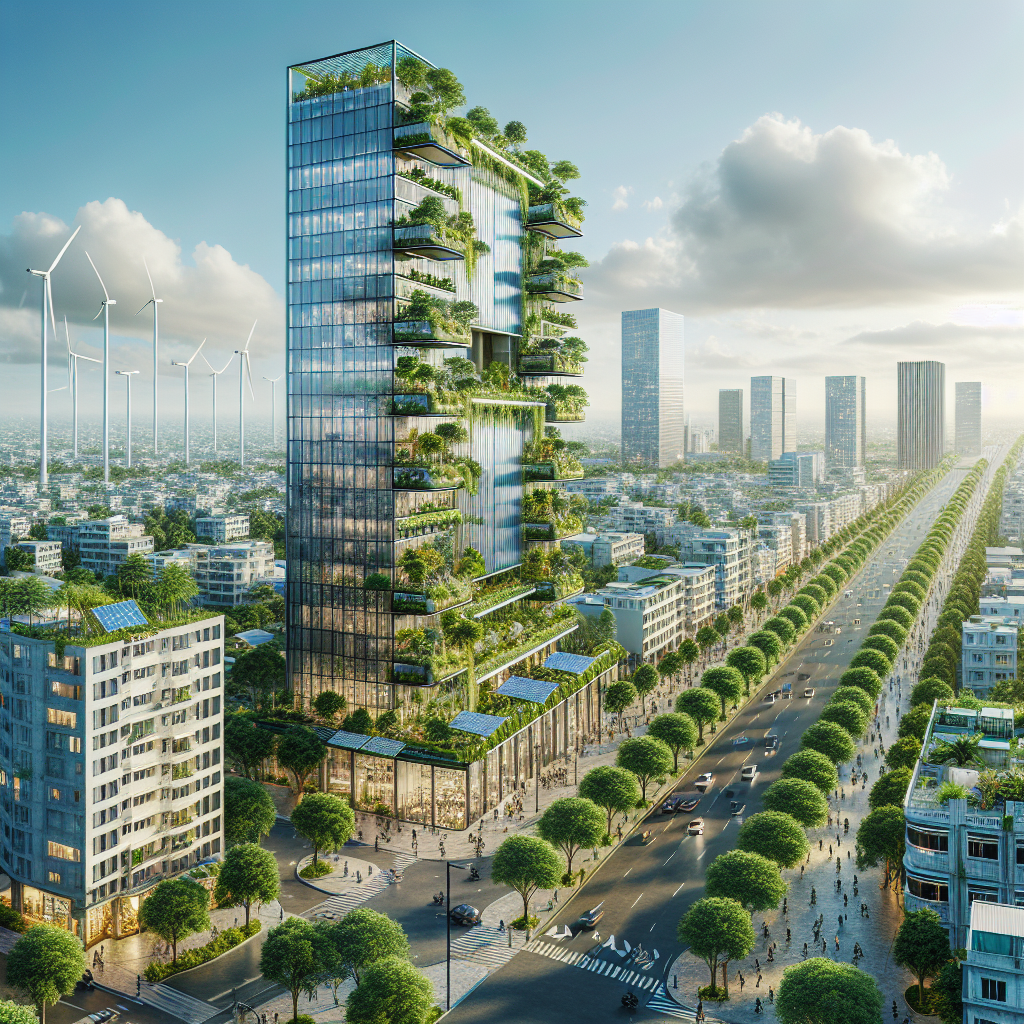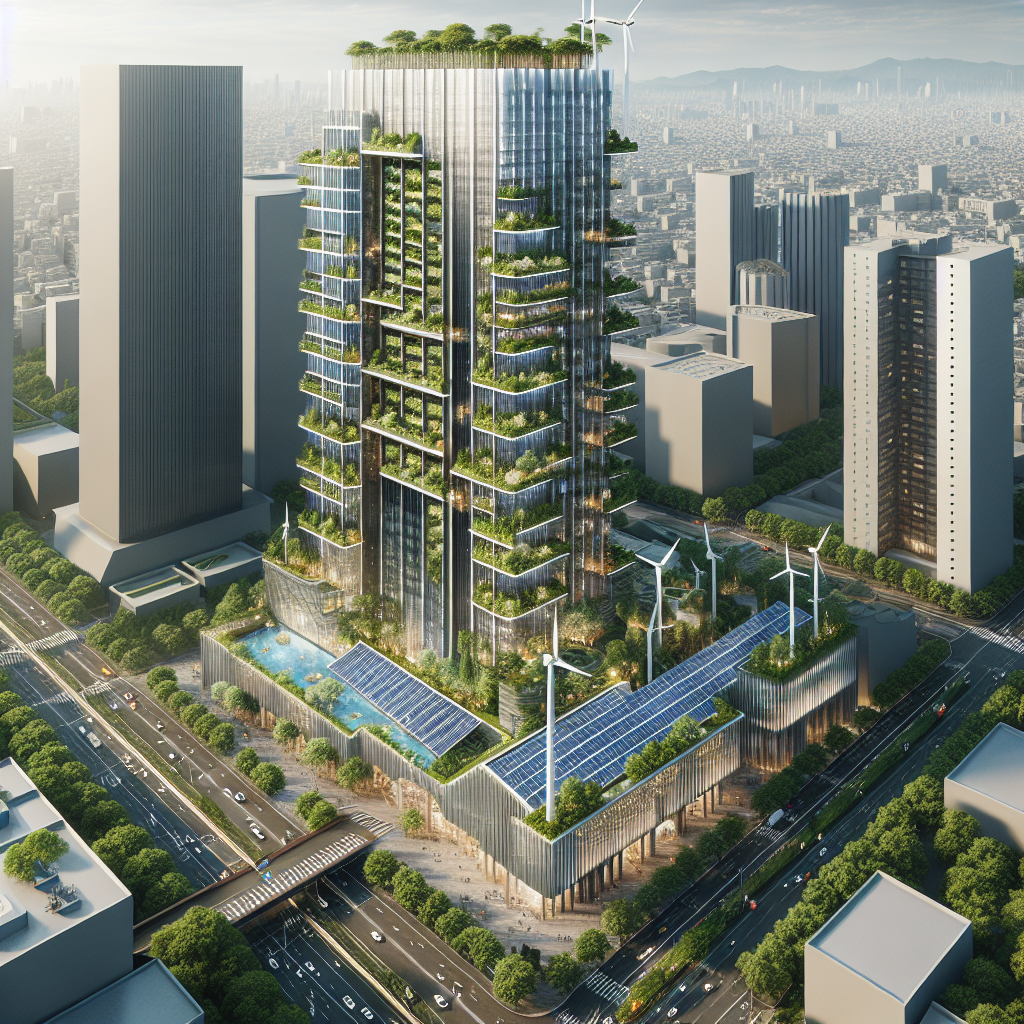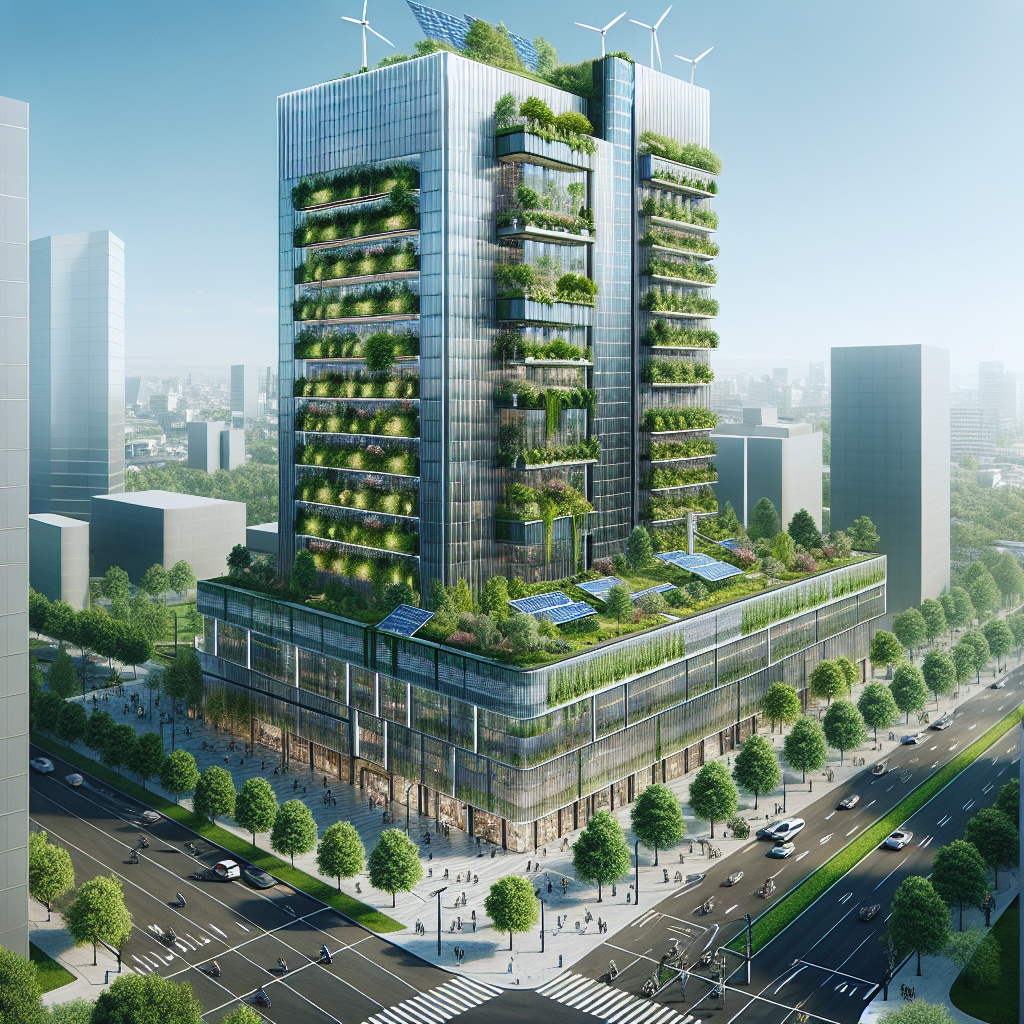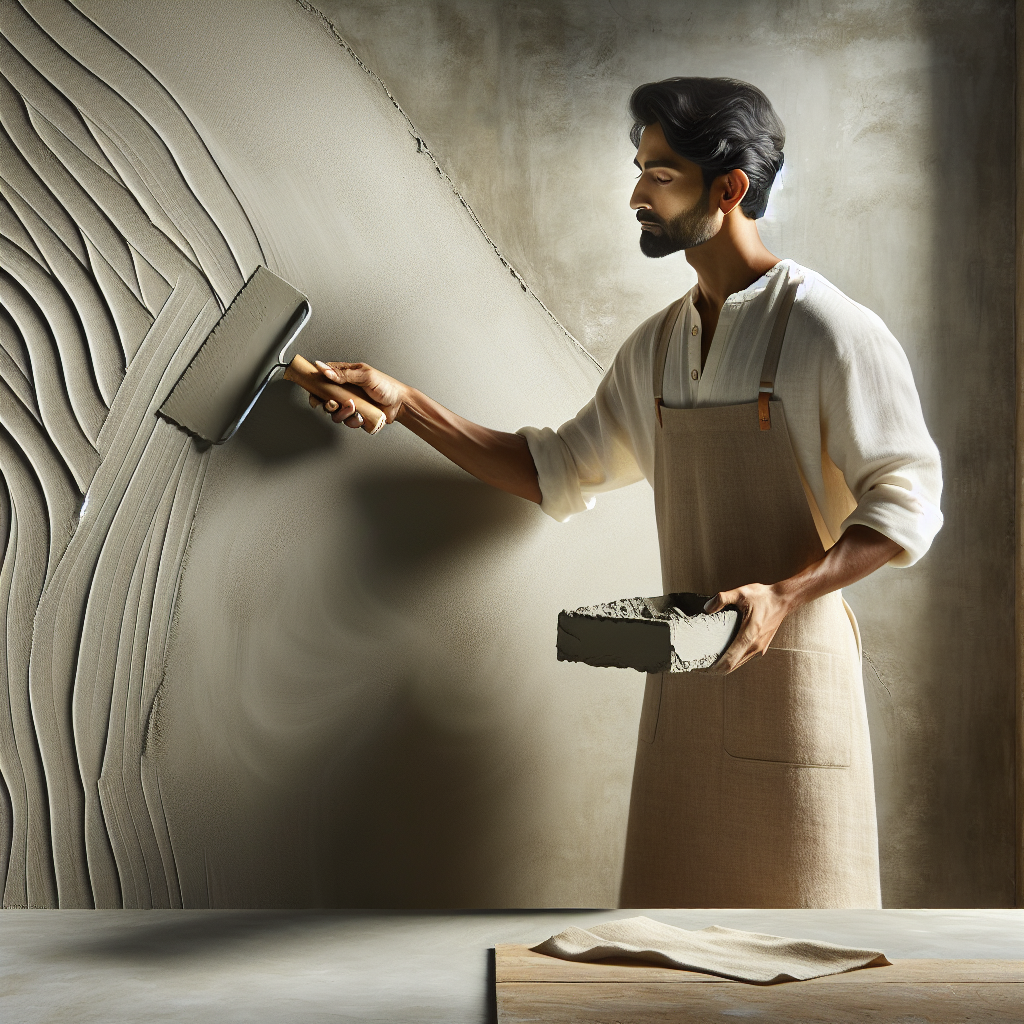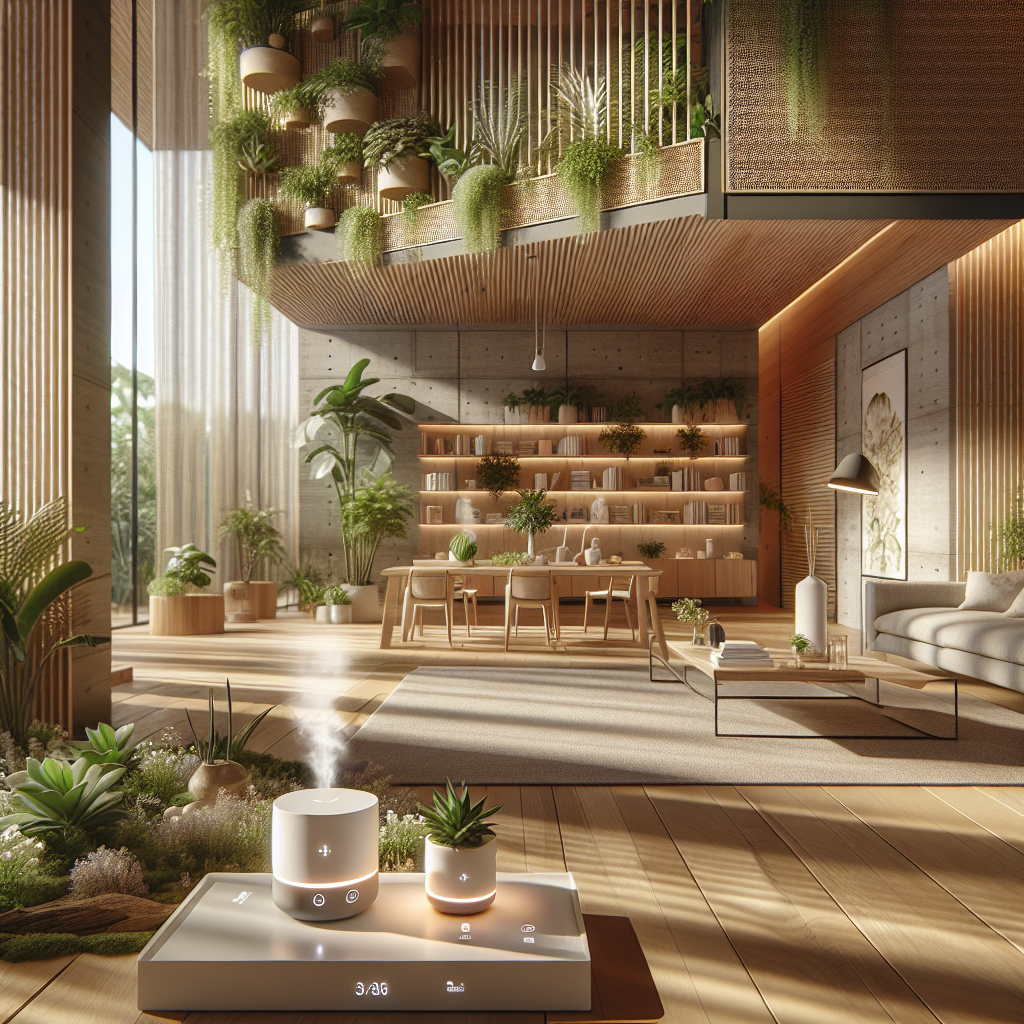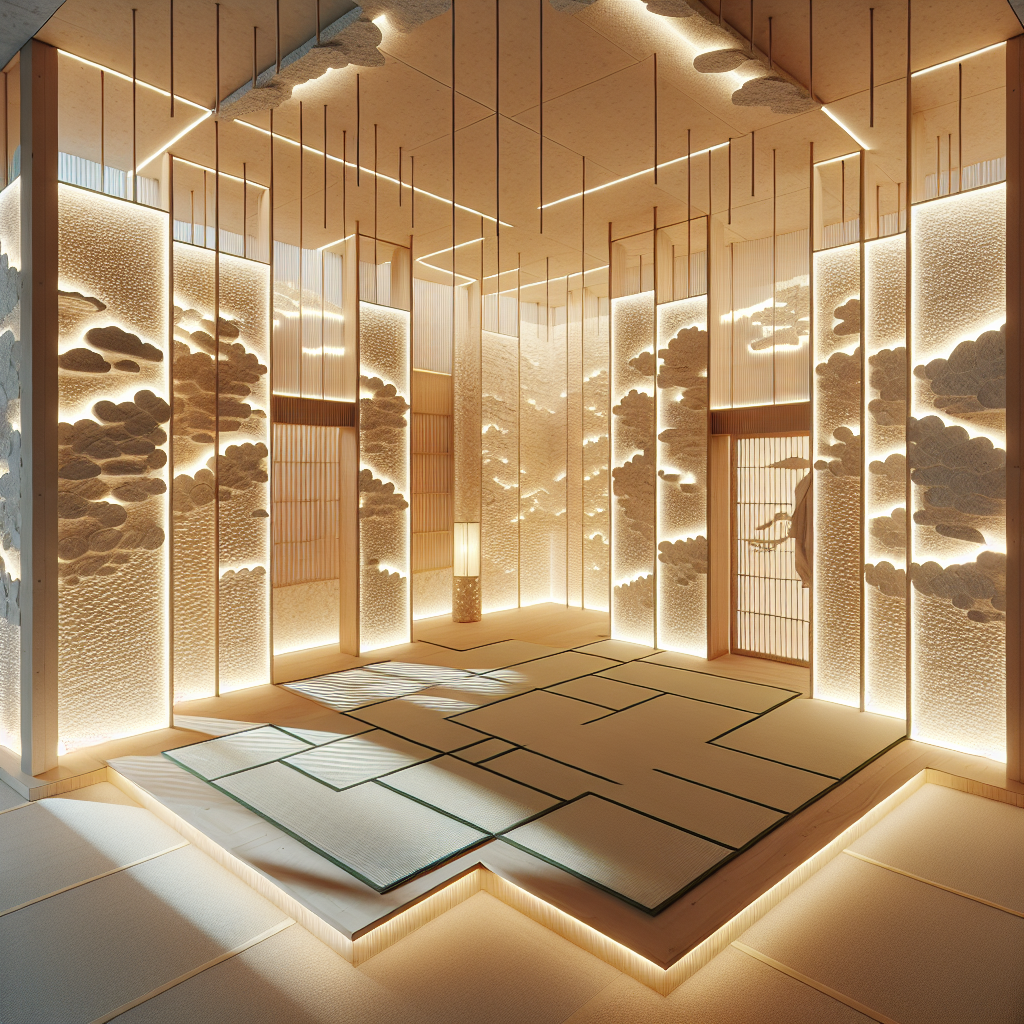Green Building Practices: How Sustainable Design is Shaping Construction
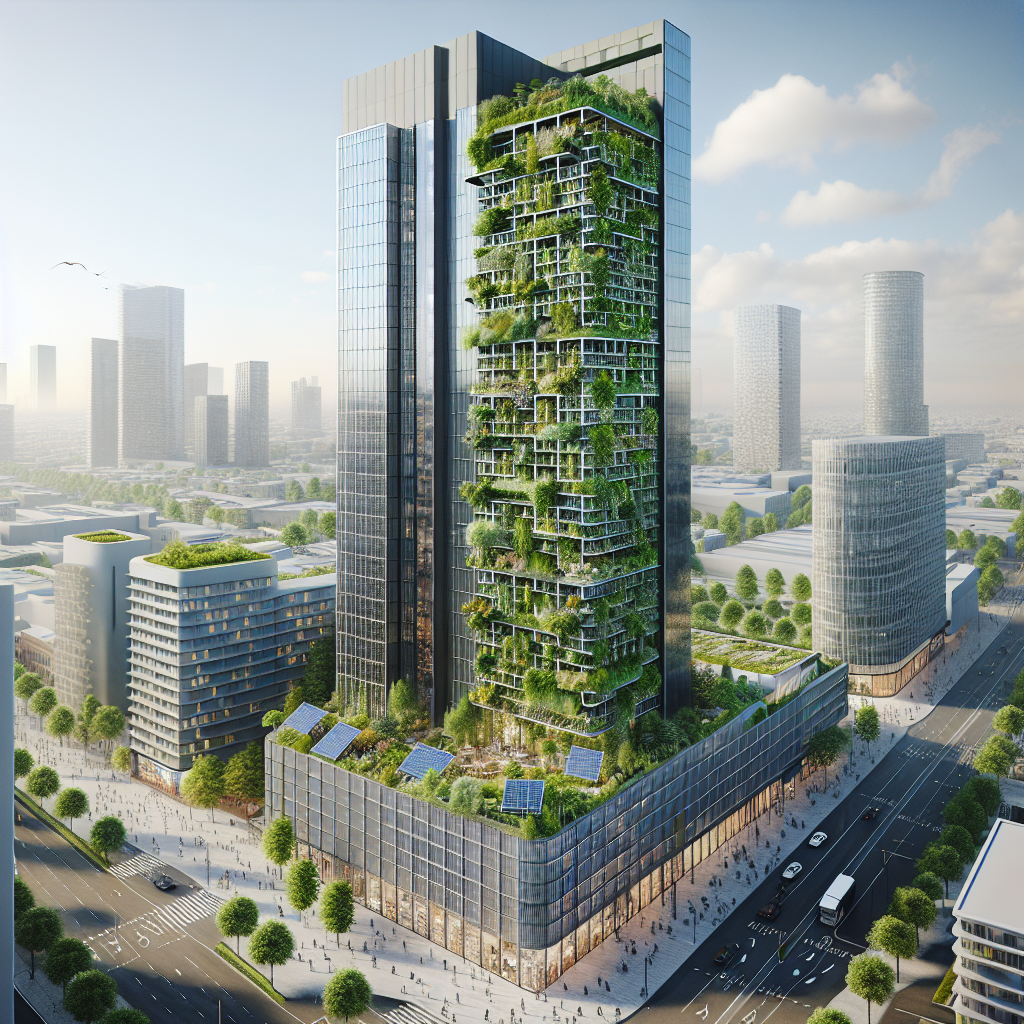
Green Building Practices: How Sustainable Design is Shaping Construction
In the heart of Copenhagen, the newly unveiled Green Haven Tower rises gracefully, its façade shimmering with lush vertical gardens, solar panels seamlessly integrated into its sleek design, and rainwater collection systems discreetly embedded within its architecture. This is not merely a building; it’s a testament to the transformative power of sustainable design in contemporary architecture. As cities grapple with climate change and resource scarcity, green building practices have emerged as the defining ethos of modern construction, reshaping urban landscapes and redefining the future of architecture.
The Rise of Sustainable Architecture
Sustainable architecture, once considered a niche or luxury, has evolved into a mainstream imperative. Driven by growing environmental awareness, stringent regulations, and consumer demand for healthier living spaces, architects and designers are increasingly embracing eco-friendly practices. According to a recent report by the World Green Building Council, green buildings are projected to represent over 60% of new construction projects globally by 2030, underscoring the urgency and widespread adoption of sustainable practices.
This shift is not merely about aesthetics or environmental stewardship; it’s also about enhancing human well-being. Studies have consistently shown that buildings incorporating biophilic design—integrating natural elements into architecture—significantly improve occupant health, productivity, and overall satisfaction. For instance, the Bosco Verticale in Milan, with its stunning vertical forest façade, has become an iconic example of biophilic design, providing residents with cleaner air, reduced urban heat, and an immersive connection to nature. Biophilic design is rapidly becoming a cornerstone of sustainable architecture, merging ecological responsibility with human-centric design.
Innovative Materials and Techniques
The quest for sustainability has sparked remarkable innovations in building materials and construction techniques. Timber, traditionally limited to low-rise structures, is experiencing a renaissance in high-rise construction. Engineered wood products like cross-laminated timber (CLT) offer exceptional strength, fire resistance, and sustainability, making them ideal for ambitious projects. The Mjøstårnet in Norway, currently the world’s tallest timber skyscraper, stands as a striking testament to this trend, showcasing the potential of wooden skyscrapers to redefine urban skylines sustainably. Wooden skyscrapers not only reduce carbon footprints but also imbue urban environments with warmth and organic beauty.
Beyond timber, architects are exploring unconventional materials like recycled plastics, biodegradable composites, and even sand-based 3D printing. Sand printing technology, in particular, has shown immense promise, enabling architects to create intricate, durable structures using locally sourced materials, significantly reducing transportation emissions and waste. Sand printing technology exemplifies how innovation can drive sustainability, merging cutting-edge technology with environmental consciousness.
Energy Efficiency and Net-Zero Ambitions
Achieving energy efficiency remains a central pillar of sustainable architecture. Net-zero energy buildings—structures that produce as much energy as they consume—are becoming increasingly prevalent, driven by advancements in renewable energy integration, passive design strategies, and smart building technologies. The Edge in Amsterdam, hailed as one of the world’s greenest office buildings, utilizes intelligent sensors, solar power, and sophisticated energy management systems to achieve remarkable efficiency and occupant comfort. Such buildings exemplify the industry’s commitment to reducing carbon emissions and mitigating climate change impacts. Net-zero energy buildings are no longer futuristic concepts but tangible realities shaping contemporary architecture.
Urban Integration and Green Infrastructure
Sustainable design extends beyond individual buildings, encompassing broader urban planning and green infrastructure initiatives. Cities worldwide are integrating green roofs, urban forests, and vertical gardens to combat urban heat islands, improve air quality, and enhance biodiversity. Singapore’s Marina One complex, with its lush central garden and cascading greenery, exemplifies how urban developments can harmoniously blend architecture with nature, creating vibrant, sustainable communities. Green roofs and vertical gardens not only beautify urban spaces but also play critical roles in ecological resilience and climate adaptation.
Moreover, adaptive reuse projects—transforming abandoned or underutilized structures into vibrant new spaces—are gaining momentum as sustainable alternatives to demolition and new construction. London’s Battersea Power Station redevelopment illustrates how historical preservation and sustainability can coexist, breathing new life into iconic landmarks while minimizing environmental impact. Adaptive reuse embodies the circular economy principles, emphasizing resource efficiency and cultural continuity.
Resilience and Disaster-Resistant Design
As climate-related disasters intensify, architects are prioritizing resilience and disaster-resistant design in their projects. Buildings designed to withstand extreme weather events, earthquakes, and floods are becoming essential components of sustainable architecture. Japan’s innovative earthquake-resistant designs, such as base isolation systems and flexible structural frameworks, have set global benchmarks for resilience, safeguarding communities and minimizing damage during seismic events. Disaster-resistant building design underscores the critical intersection of sustainability and safety, ensuring long-term viability and occupant protection.
The Future of Sustainable Design
Looking ahead, sustainable design will continue to evolve, driven by technological advancements, policy incentives, and shifting societal values. Emerging trends such as AI-driven architectural design, blockchain-enabled transparency in construction processes, and augmented reality visualization tools promise to further enhance sustainability, efficiency, and innovation in architecture. These technologies will empower architects to create smarter, more responsive, and environmentally harmonious buildings, redefining the boundaries of design and construction.
Ultimately, sustainable architecture represents more than a design philosophy; it embodies a collective responsibility to future generations, a commitment to preserving our planet, and a vision for healthier, more resilient communities. As architects, designers, and industry professionals, embracing green building practices is not merely an option—it’s an imperative, shaping the future of our built environment and our shared global home.
Explore further insights into sustainable design and architecture by visiting our articles on zero-waste masterpieces and biodegradable architecture.
For additional information, consider exploring authoritative resources such as the Wikipedia entry on Green Building, the Biophilic Design page, and the comprehensive overview of Net-Zero Energy Buildings.
Conclusion
As the Green Haven Tower in Copenhagen exemplifies, sustainable design is no longer a distant aspiration but a tangible reality transforming cities worldwide. Through innovative materials, energy-efficient practices, biophilic integration, and resilient design strategies, architects are redefining construction, creating buildings that harmonize with nature, enhance human well-being, and ensure a sustainable future for generations to come.
